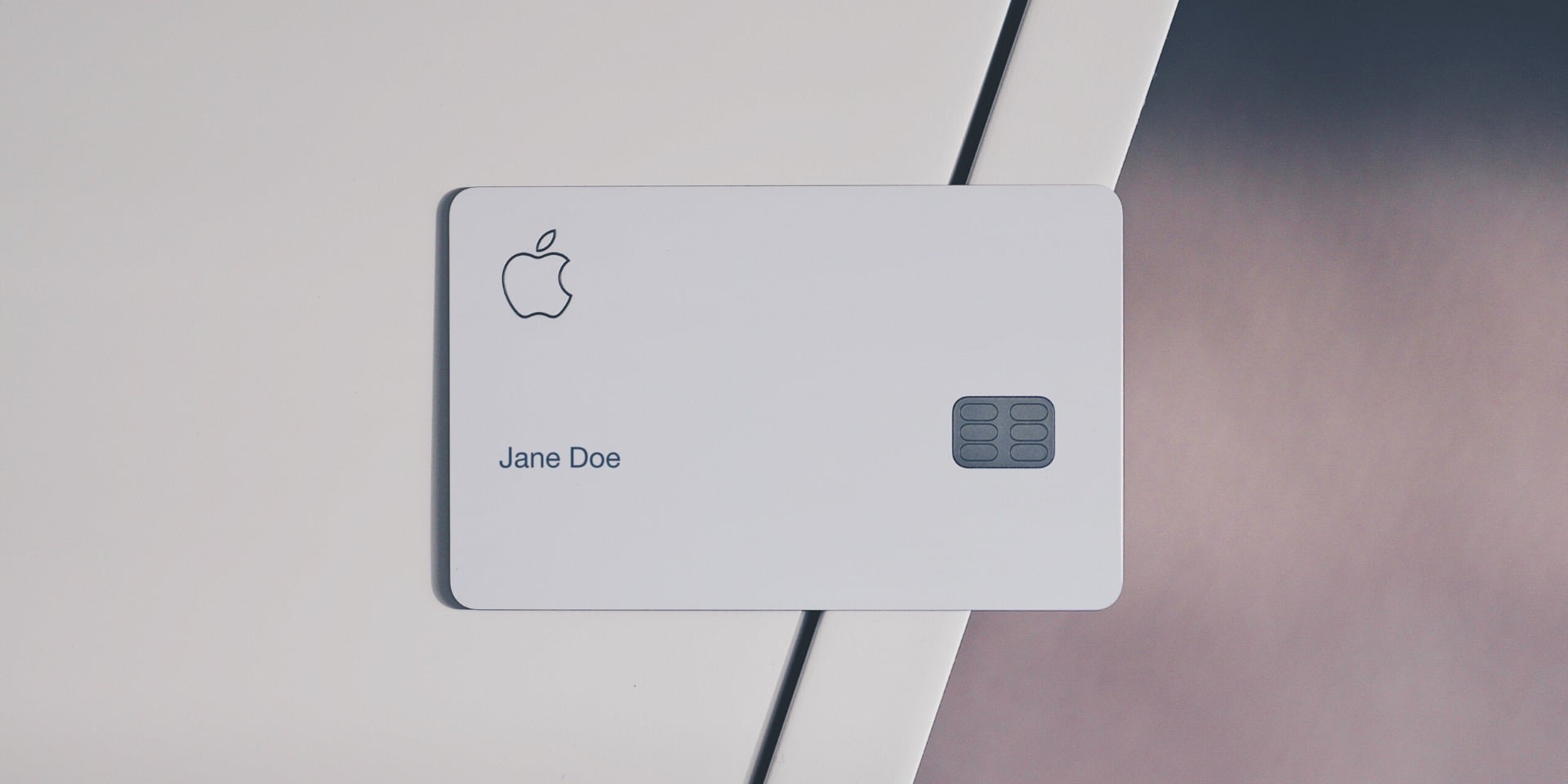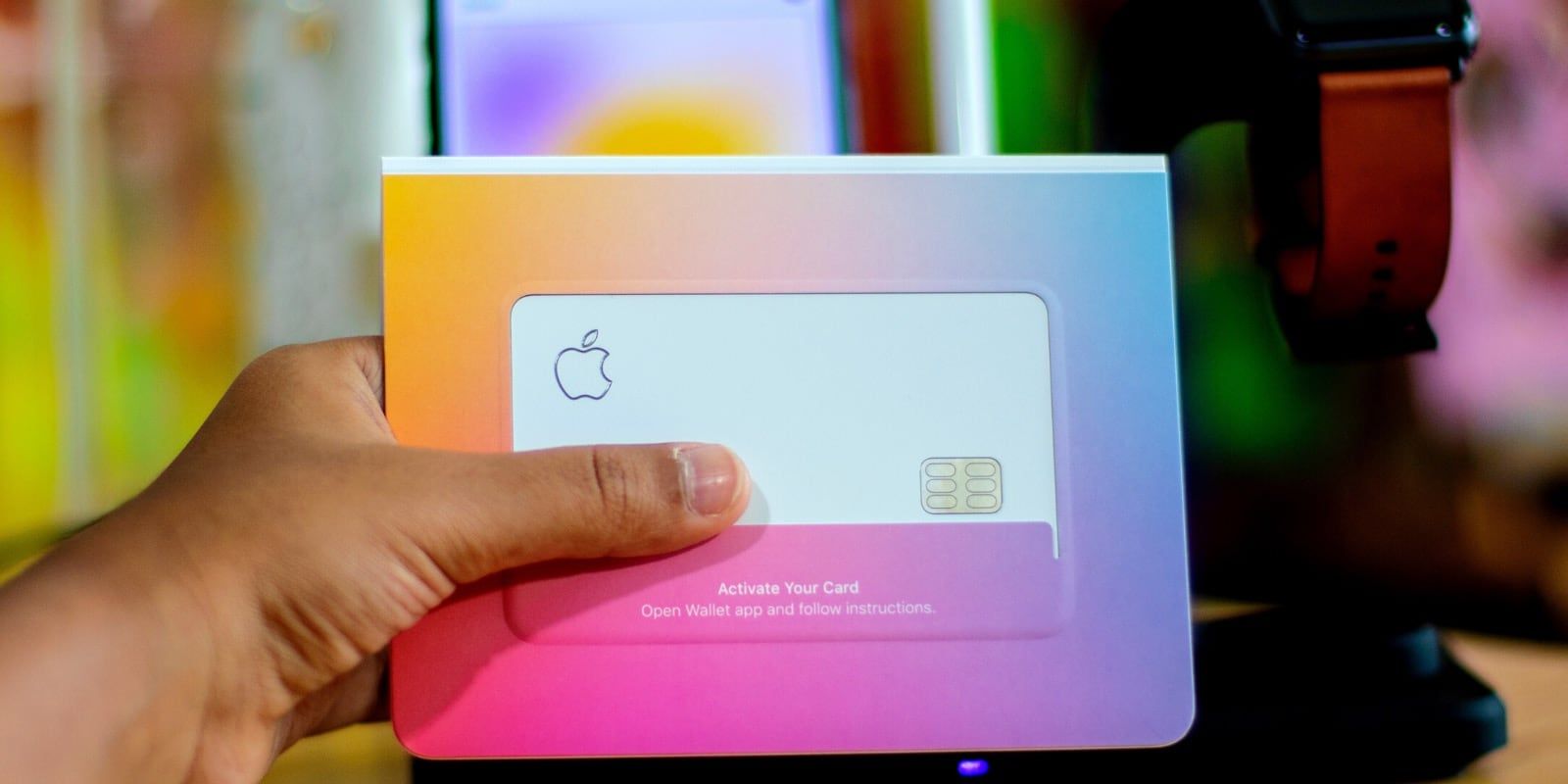
Can neobanks deliver where Apple Card can't?
February 11, 2020 | News
Apple Card has been making quite a splash since its US unveiling in 2019. But due to European requirements, don’t plan on seeing the card make its way toward eastern shores in its original form anytime soon. So will there be an alternative to its absence offered in Europe?
The claim sounds intriguing: “A new kind of credit card created by Apple, not a bank.” Released to all eligible US residents back in August 2019, Apple Card - the collaborative brainchild of Apple and issuing bank partner Goldman Sachs - is striving to be the answer to your parents’ credit card.
Since the teaser video first hit YouTube back in March 2019, it’s garnered over 25M views and has caused quite a stir. And why wouldn’t it? The card’s simple sign up, streamlined usability and sleek design are a complete departure from the stale and often laborious rigmarole its predecessors have previously placed on cardholders. To provide even more convenience to cardholders, Apple has partnered with paying network Mastercard, so the physical Apple Card can be used wherever Mastercard is accepted.

Made for the USA
Throughout most of Europe “deferred debit” - paying the amount due every month, without interest - is preferred. The US model, in contrast, is based on permanent debt and gradual repayment (without a fixed maturity) according to different rules.
With Apple Card, it’s up to the cardholder to choose how much to repay; the application then calculates a variable interest rate (Annual Percentage Rate), which can be anywhere between 12.99 and 23.99% (at the time of this writing). Pretty standard for the US, but that may sound on the steep side for most Europeans. Thus, it would seem, the Apple Card has no real parallel in Europe. Or does it?
Europe’s equivalent may already exist
If Apple Card is to be a major player in Europe, it will have to be vastly different than its current form. Right now it seems that there’s no way it could conform to current European requirements, but that doesn’t mean we won’t see some other, more compliant version of the card down the road.
While we’ll have to wait and see if and when that day arrives, there could already be alternatives available for those looking to cash in on some of the advantages. Let's face it: Apple didn’t invent the benefits they offer. If you’re looking to open a free account with a simplified application process, receive instant notifications, have access to expense tracking or just want to pull a stylish card out of your pocket from time to time, there are active European neobanks out there that offer those services.

Indeed, large neobanks such as UK-based Revolut and German-founded N26 seem to have found a sweet spot in Apple Card’s absence. Operating in 31 and 23 European countries (and beyond), respectively, these mobile-banking pioneers offer many of the conveniences Apple Card boasts, without the high interest rates.
Some things, however, are nearly impossible to compete with at present. For instance, Apple Card’s cashback rewards programme is something you probably won’t see offered from the majority of banks across Europe. Still, the Apple Card has helped raise awareness regarding what neobanks can deliver, and that's put pressure on traditional banks to up their efforts when it comes to offering more customer-centric products.
To meet the rising consumer demands, neobanks and traditional banks will most likely team up with open banking platforms to a higher extent in the future. In this way, banks can leverage new opportunities and perform seamless top-up and cross-border payments at a fraction of the price - all in real time.
What do you think? Do neobanks replace the Apple Card? Drop us a line on our LinkedIn page and let us know!




